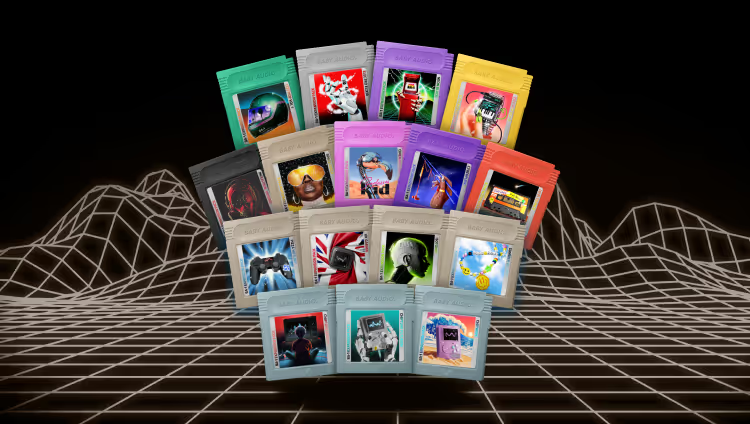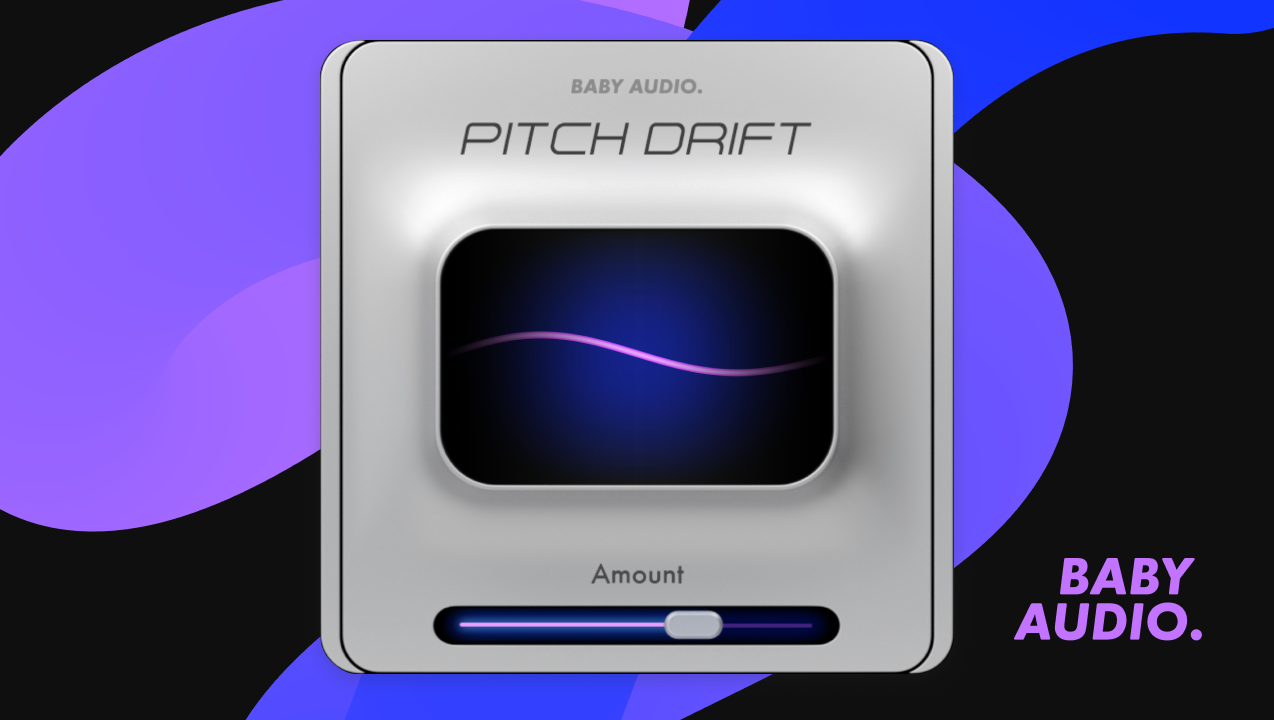What is City Pop? The Producer's Guide to Classic Japanese Pop

City Pop is one of the most fascinating genres to see a resurgence in popularity in modern music.
With roots in the sophisticated, jazz-inflected styles that emerged in Japanese cities in the late 70s, City Pop has gone global with many producers chasing its nostalgic feel into the 2020s.
But what is City Pop exactly? What are its defining features and how can you capture the sound in your own productions?
In this article, I’ll give a brief intro to City Pop, break down what makes it unique and suggest three essential techniques to help you create it.
Let’s get started.
What is City Pop?
City Pop is the term for a style of Japanese pop music that arose during a period of rapid economic growth and technological development in the 1970s and 80s.
Influenced by contemporary trends in western music, City Pop was a uniquely Japanese take on the adult-oriented genres of the 70s and 80s like funk, disco, AOR and soft rock.
As the genre progressed through the 80s, City Pop artists developed a distinctive style that combined a unique musical vocabulary with the cutting edge music technology that was being pioneered in Japan at the time.
Regarded as an important stage in the evolution of Japanese musical culture, City Pop has found a broader audience in recent times as listeners around the world rediscover its unique sound and aesthetic.
City Pop songs and artists
Although the term City Pop was rarely used during the movement’s heyday, there are dozens of landmark releases now considered touchstones of the genre.
Here are a few essential artists and tracks that highlight key aspects of the City Pop sound.
Taeko Onuki
A founding member of the band considered by some to be the original City Pop act, Taeko Onuki’s 1977 album SUNSHOWER showcases the early roots of the genre.
In the synth solo on “Tokai” you can hear how jazz and R&B influences began to collide with new technology.
The rich polyphonic synth patch is played in a pianistic style that shows how traditional musicians were willing to embrace new sounds during the City Pop era.
Kingo Hamada
Kingo Hamada’s 1982 album midnight cruisin’ is a touchstone of the City Pop genre among original fans and revivalists.
The song “Machi no Dorufin” is the basis for the wildly popular Englewood edit “Crystal Dolphin” that took off on social media in the late 2010s.
The album highlights the escapist, tropical flavor of City Pop that has become synonymous with modern takes on the genre.
Makoto Matsushita
Incorporating the orchestral accents of 70s pop and the airtight grooves of Steely Dan, Matsushita’s 1981 single “Love Was Really Gone” shows off the sophisticated side of City Pop.
The song’s effortless solos and rich instrumentation capture the cosmopolitan feel of contemporary urban life.
How to make City Pop
City Pop may not have strict genre conventions that are easy to imitate, but it does have a recognizable feel that comes from common elements found in many classic productions.
With the background info out of the way, here are some general pointers to help you get a more authentic City Pop sound in your own productions.
1. Jazz and fusion inspired harmony
Rich, jazz-inflected chords and progressions are a defining aspect of the City Pop sound.
The Japanese artists that popularized the genre were often reacting to developments in western music that saw a creeping influence of jazz and R&B into mainstream rock and pop.
In the US, west coast jazz had evolved into the smoother, “Quiet storm” radio format and its breezy, laid-back feel was influencing pop acts like Steely Dan, Hall and Oates and McDonald-era Doobie Brothers to experiment with more complex harmony.
As City Pop developed, it picked up a harmonic vocabulary associated with these broader trends in music.
Jazz itself was changing in futuristic directions that resonated with listeners experiencing the rapid technological progress occuring in Japanese urban centers.
Forward-looking fusion acts like Weather Report and Michael Brecker’s Steps Ahead were popular among urban professionals keen to show off their brand new cassette decks and hi-fi gear.
As a result, harmonic concepts from jazz such as major 7th chords, sus4 chords, ii-V-I progressions and even tritone substitutions are often found in City Pop.
Throw in a healthy dose of the IV-V-iii-vi progression found elsewhere in Japanese pop and you’ll start to hear the essence of the sound come alive.
If you need a refresher on jazz chords and progressions, head over to this guide to get the basics: 8 R&B and Jazz Chord Progressions Every Musician Should Know.
2. 80s-style synth patches
Pioneering synthesizers were being developed alongside the rise of City Pop as Japanese companies like Roland, Yamaha and Korg led a wave of innovation in music technology.
Many of these boundary-pushing devices made their way into the hands of City Pop musicians and recording engineers during the peak of the genre.
Vintage-style monophonic and polyphonic synth patches can be heard all over records from City Pop’s 80s heyday.
If you’re looking to capture the sound, you might consider an 80s-inspired synth plugin like BA-1.
A go-to choice for retro genre heads, BA-1 was such a hit among modern City Pop producers that we created two preset packs dedicated to the style.
Check out City Pop Volumes 1 and 2 for 128 authentic 80s-style patches.

Inspired by the classic portable CS01 synth, BA-1 has instant retro feel on tap with analog-modeled sound that gives you the best of what made this era of synthesis so iconic.
3. Tight, but natural percussion
Most City Pop artists relied on session musicians to fill out the ensembles for albums and performances.
Drawing from top talent in the Tokyo music scene, many of the classic albums and singles feature expert rhythm sections that feel accurate, but not rigid or mechanical.
The result is a tight, human take on disco and R&B grooves with a distinctive dry sound.
To keep your own productions from feeling too sterile, avoid quantizing percussion hits directly to the grid where possible.
On top of that, consider choosing sampled loops with a more human feel rather than sequenced drum machine hits if you can.
Sonically, the drum recording techniques of the day often focused on a punchy, direct sound with ample isolation between individual microphones.
If you need some resources to help you get the 70s dry drum sound, there are plenty of excellent sample packs and tutorials to help you.
4. Horns, backing vocals and aux percussion
Classic City Pop often incorporated elements that signified large budget productions in the era of limited tracks and expensive analog tape.
Slick horn sections, syrupy backing harmonies and additional percussion elements helped provide the sense of a large, perfectly arranged ensemble backing the vocalist in singles like Anri’s “Remember Summer Days.”
Try stacking up multi-tracked backing vocals for important sections and punctuating transitions with horn section stabs.
City Pop nostalgia
There’s a light and carefree feel to the best City Pop tracks that’s impossible to resist.
It’s no wonder producers want to recapture a bit of that magic in their own music.
And even though you can’t travel back in time to 1980s Tokyo, you can still understand the basics of the genre and find great sounds to help you get close.
If you’ve made it through this article you’ll have a great start for producing City Pop.
Artist-approved presets for BA-1
BA-1 is an analog chameleon capabale of capturing many of the most iconic synth tones from across music history. Explore the expanding library of custom presets created by some of the best artists and sound designers in the game. From chiptune to lo-fi to cyberpunk, these genre-themed expansion packs make BA-1 your go-to synth for authentic vintage tone.




.png)




